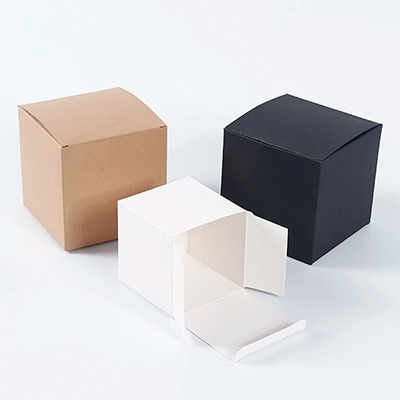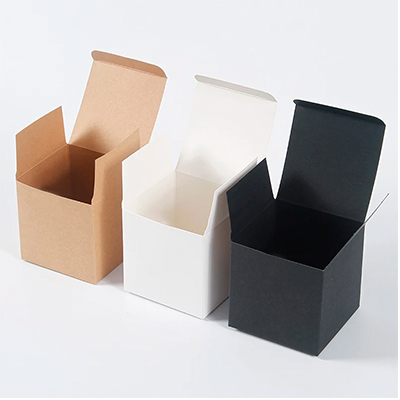China's paper box suppliers have significant advantages in the global market, mainly reflected in cost competitiveness, supply chain efficiency, manufacturing technology, policy support and market demand drive. The following is a specific analysis:
1. Cost advantage: the core of high cost performance
Abundant raw materials: China is one of the world's largest papermaking countries, with a complete pulp and white cardboard industry chain , and low raw material procurement costs.
Controllable labor costs: Compared with European and American countries, China's labor costs are still competitive, and the popularization of automated production has further optimized efficiency.
Scaled production: The industrial cluster effect (such as the packaging industry belts in Guangdong, Zhejiang, Shandong and other places) reduces unit production costs.
2. Supply chain efficiency: Quick response to global demand
Complete industry chain: From pulp production, paper processing to printing, die-cutting, and molding, China has a "one-stop" supply chain to shorten delivery cycles.
Developed logistics network: Ports (such as Xiamen and Shanghai) and inland transportation hubs support efficient exports and meet urgent order needs in Europe and the United States.
Strong flexible production capacity: production lines can be adjusted quickly to adapt to small batch customization or large batch orders (such as e-commerce hot-selling packaging).
3. Manufacturing technology and quality improvement
Advanced equipment: the introduction of high-end equipment such as German Heidelberg printing machines and Swiss Bobst die-cutting machines, with internationally leading printing accuracy and efficiency.
Technology innovation: mature post-processing such as lamination, hot stamping, and embossing can achieve luxury-level packaging effects.
Environmental protection technology: green technologies such as water-based inks and glue-free lamination are widely used, in line with international standards such as EU REACH and FDA.
4. Policy and infrastructure support
Environmental protection policy drive: China's "dual carbon" goals and "plastic ban" promote the growth of paper packaging demand and stimulate industry upgrading.
Government support: tax incentives for manufacturing and export tax rebates (such as 13% export tax rebate rate for paper products) reduce corporate costs.
Industrial clustering: The Yangtze River Delta, the Pearl River Delta and other places have formed a packaging industry ecosystem, and supporting enterprises (such as molds, design companies) are highly concentrated.
5. Market demand and customization capabilities
The domestic demand market is huge: China is one of the world's largest consumer goods markets, and e-commerce (such as Tmall, Pinduoduo), new tea drinks (Heytea, Nayuki) and other industries have spawned massive packaging needs.
Customized services: Chinese suppliers are good at providing design, proofing, and production services according to customer needs (such as small batch personalized gift boxes).
Rapid imitation and innovation: Can quickly follow up on international packaging trends (such as foldable boxes, smart packaging) and shorten the R&D cycle.
6. Global layout and customer service
Overseas factory establishment: Some leading companies (such as Hexing Packaging) have built factories in Southeast Asia to avoid trade barriers and reduce tariff costs.
English service team: Most suppliers are equipped with multilingual sales and after-sales support to facilitate communication with international customers.
Cross-border e-commerce cooperation: Directly connect with small and medium-sized buyers around the world through platforms such as Alibaba International Station and Amazon.

Post time: May-10-2025


